#texcoco
Text
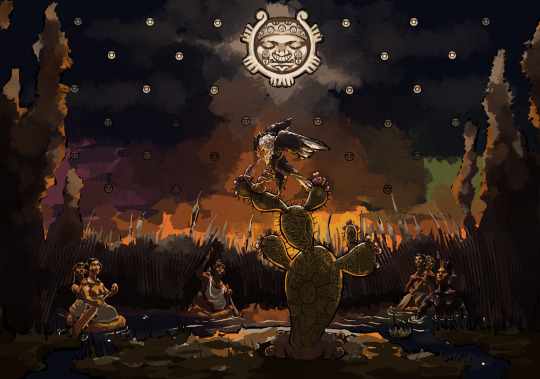
Founding of an Empire
#digital art#my art#artists on tumblr#digital artist#art#trans artist#illustration#mythology and folklore#aztec#aztec mythology#tenochtitlan#huitzilopochtli#coyolxauhqui#texcoco#mexico
118 notes
·
View notes
Text



#kemetic dreams#brownskin#brown skin#asian culture#east asians#asian american#aztec#Nahuatl#tenochtitlan#texcoco#tlacopan#aztec empire#aztlan
203 notes
·
View notes
Photo
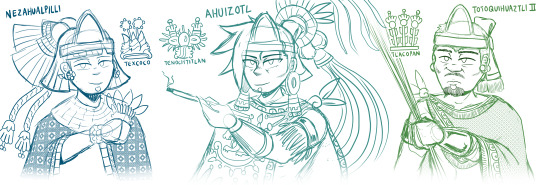
The Triple Alliance Tlatoque
I was sketching the two remaining kings of the Triple Alliance, and decided to throw in Ahuizotl as well to have the three together.
The lords of Texcoco, Tenochtitlan, and Tlacopan, by 1493 CE.
#CodexBlack#CodiceNegro#sketch#tlatoani#tlatoque#TripleAlliance#aztec#mesoamerica#mexico#Character Design#ahuizotl#nezahualpilli#texcoco#tenochtitlan#tlacopan#totoquihuaztli
114 notes
·
View notes
Text

Tlatoani Nezahualpilli, ruler of Texcoco between 1472 and 1515, depicted in the Codex Ixtlilxochitl, 16th century. The codex, produced after the Spanish conquest of Mexico, depicts many of the rulers of Texcoco, a subsidiary kingdom of the Aztec Empire.
{WHF} {Ko-Fi} {Medium}
102 notes
·
View notes
Text
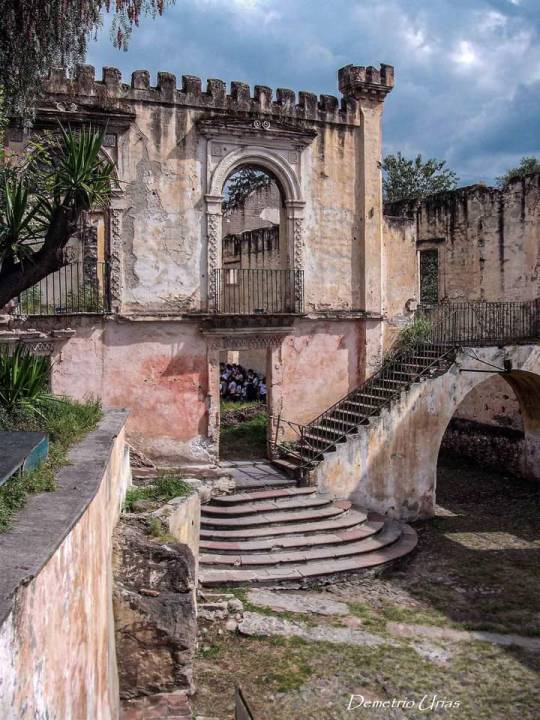
Molino de flores, Texcoco, México .
#cfchcdmx
8 notes
·
View notes
Photo
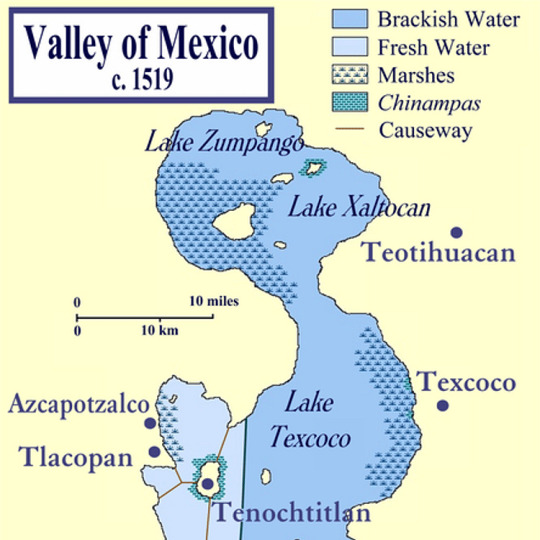
Texcoco
Texcoco (Tezcoco o Tetzcoco), ubicada cerca de la orilla orientale del lago de Texcoco en el valle de México, fue la capital del pueblo Acolhua. Fue una gran potencia durante el período azteca y un miembro de la Triple Alianza junto con Tenochtitlan y Tlacopan. Texcoco también es el lugar de nacimiento de uno de los gobernantes más famosos de Mesoamérica, Netzahualcoyotl, quien presidió a una ciudad que llegaría a ser un renombrado centro de cultura y aprendizaje.
Leer más...
16 notes
·
View notes
Text
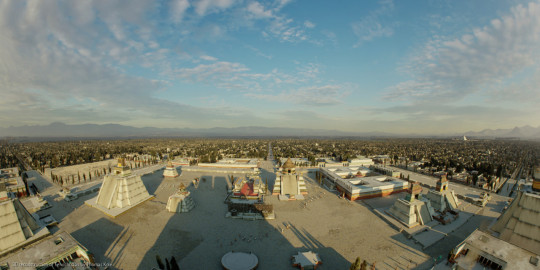





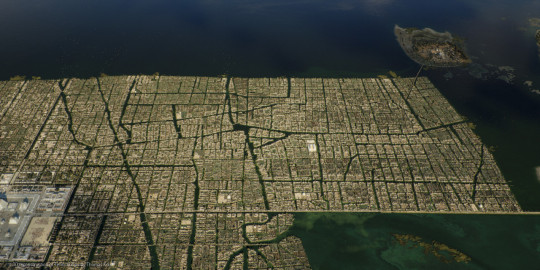



3D Reconstruction of Tenochtitlan, the ancient mexicas Capital city
4 notes
·
View notes
Text
The Poet Prince of Texcoco
“O friends, to a good place we’ve come to live, come in springtime! In that place a very brief moment! So brief is life!” -Nezahualcoyotl
In the downtown Zocalo district, there is a small monument that you could easily miss unless you were looking for it. It is the Garden of the Triple Alliance, a peaceful monument to a violent empire. The Triple Alliance is a term used to describe the trio of Nahuatl city-states in central Mexico, Tenochtitlan (what is now Mexico City), Texcoco and Tlacopan, that together conquered much of what is today Mexico. While their dialects and religions varied slightly, they came from similar ancestors and had similar cultures. This small, quaint garden is a funny way to commemorate an empire that expanded through war and conquest, and would at times require sacrificial victims as tribute. The Alliance’s oppression and subjugation of other Mesoamerican peoples, such as the Tlaxacala and Toltecs, led in part to their fateful decisions to help the invading Spanish. But today this park is a lovely and peaceful spot amidst the chaotic churn of downtown.

Also commemorated in this park is Nezahualcoyotl, the prince of Texcoco. Born in 1402, Nezahualcoyotl (often translated as “Hungry Coyote”) became prince of his territory at the young age of fifteen, but was overthrown and forced into exile. Nezahualcoyotl would spend three years fighting and return with an army of 10,000 soldiers to return his family and regain his throne. As prince, Nezxhualcoyotl supported the artists and philosophers in his kingdom, and encouraged education. In the incredible historical novel Aztec, Nezahualcoyotl is portrayed as a cautious and clever leader, in contrast to the egotistical and ambitious, younger Moctezuma. Rebuffing Moctezuma’s desires to continue to use their armies to expand the empire, Nezahualcoyotl wisely plans to conserve his kingdom’s resources for whatever dark forces are amassing in the east. At that point in the novel (and history), both Moctezuma and Nezahualcoyotl have heard reports of strange, white men appearing on the eastern coast, and Nezahualcoyotl is proven right to view this threat as gravely serious.
There is something romantic, even cinematic, about this figure: A prince in exile, a warrior poet fighting to retake his kingdom. Later a wise, older ruler who can see the danger and destruction that is to come. There is of course, something deeply tragic about Nezahualcoyotl, too: He was a man who may have sensed his civilization would soon face an existential threat, and even with his foresight, knew there was very little he, or anyone, could do about it.
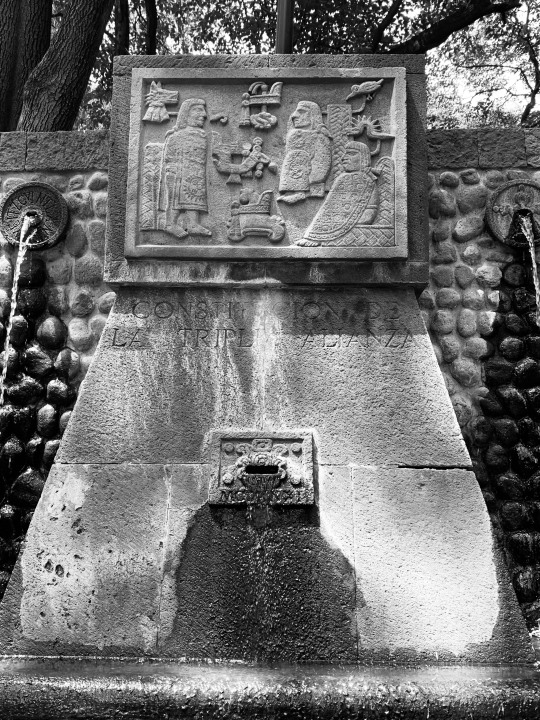
Nezahualcoyotl survives today not just in history, but in his writing. He is considered to be one of the greatest poets of ancient Mexico. The royalty and nobility of the Triple Alliance were expected to be well educated in many subjects, and nobles were taught how to use both the pen and the sword. There are some historical parallels with the samurais of Japan and the scholarly nobles of ancient Greece and Rome. It is amazing that we still have access to his poems, considering that poetry and literature at that time was often times memorized and reproduced orally, as well as the fact that there was great literary and cultural destruction by the Spanish in the generations after the Conquest.
Here is an excerpt of a poem written by Nezahualcoyotl, perhaps reflecting on his own experience of war and reconquest:
The battlefield is the place: where
one toasts the divine liquor in war,
where are stained red the divine
eagles,
Where the tigers howl,
Where all kinds of precious stones
rain from ornaments,
where wave headdresses rich with
fine plumes,
where princes are smashed to bits.
Here is another excerpt of a poem that is kind of like a pre-modern take on “these are a few of my favorite things”:
I love the song of the mockingbird,
bird of four hundred voices;
I love the color of jade
and the drowsy perfume of flowers;
but more than these, I love
my fellow human beings.
In recent years, as Mexico has strived to decolonize their national identity and intentionally celebrate their long ignored indigenous roots, Nezahualcoyotl has been frequently honored as a wise and fair ruler in Mexican history. There is a neighborhood named after him in Mexico City that, true to the character of the man, is home to many artists. He is even honored with his likeness on the 100 peso bill.
But I imagine the actual man would take all this recognition in stride. Like another poet who once famously wrote “nothing gold can stay”, Nezahualcoyotl also wrote about the impermanence and ever changing nature of life:
Truly do we live on earth?
Not forever on earth; only a little while here.
Although it be jade, it will be broken,
Although it be gold, it is crushed,
Although it be quetzal feather, it is torn asunder.
Not forever on earth; only a little while here.

#travelgram#mexico#cdmx#historiamexicana#mexicanhistory#aztec#poesiamexicana#mexicanpoetry#poetry#literature#triplealliance#triplealianza#parks#texcoco#history
3 notes
·
View notes
Text
Northern Mockingbird
The Spanish word for Mockingbird, "cenzotle," has its origins in the Nahuatl language. The compound centzon-tlahtol-e consists of centzontil ("four") and tlahtolli ("word and, by extension, "song"). As a result this animal is often referred to as the bird of four hundred songs. The mockingbird, otherwise a rather unremarkable species, is really known for its wide variety of calls. It is estimated that a male can have a repertoire of anywhere from fifty to two hundred.
Legend tells us how the mockingbird got these abilities, so striking in a small, dully colored body. When Quetzalcoatl, lord of creation, fashioned the birds of the earth, he gave them the gift of song. Some birds selfishly wanted just to communicate with those of their kind, so they asked for only one song, requesting instead beautiful plumage to distinguish themselves from other species. One by one, those arrogant animals snatched up the brightest and most gorgeous colors available, leaving behind plain, earthly colors and a host of unwanted songs. Finally, the mockingbird stood alone. She asked the Feathered God to grant her the remaining plumage and all the songs the other birds had turned their noses up at. Nodding wisely, Quetzalcoatl covered her in simple brown feathers, but gave her the voice of all birds. As a result, the mockingbird can communicate with every avian species, including the handsome quetzal, with whom she has legendary debates about whether beauty or song is most important in life.
The mockingbird for pre-Hispanic Mesoamerica was a metaphor that perfectly summed up the ideal leadership and governance of a tlatoani or king. It was thought that the tlahtoani (literally "he who speaks for others") should have the ability to speak with 400 voices, the sounds representing the variety of people for whose well-being he was responsible. The metaphor of the mockingbird highlights the virtues that people who represent others should possess. While the songs come from the same mouth, the representative must never forget the nobility of speaking for others. In addition, a sovereign must grasp the need for speaking with the leaders of other lands in a way that is respectful and that helps maintain peaceful relations between the countries and kingdoms.
The tlahtoani of Texcoco, poet and philosopher Nezahualcoyotl, wrote a famous poem in which he talks about the beauty of the mockingbird and hints about its implications for his own work as king. The Mexican government has featured the poem on the 100-peso bill.
I love the song of the Mockingbird,
bird of four hundred voices;
I love the color of jade and drowsy perfume
of the flowers;
but more than these, I love
my fellow man.
- Nezahualcoyotl, king of Texcoco
- From "Mexican Bestiary" by David Bowles
#🇲🇽#nahuatl#animal#mockingbird#quetzalcoatl#indigenous#aztec#quetzal#mexico#texcoco#Nezahualcoyotl#david bowles#Mexican Bestiary#mexican bookblr
4 notes
·
View notes
Text
Blease click to see in full quality.

My take on the murder of the Tepanec ruler Maxtla of Azcapotzalco. Netzahualcoyotl having led the invasion is pictured hoisting his heart above in victory over his dead body on the cities sacrificial stone. Netzahualcoyotl was a Texcoco ruler who after this victory formed an alliance with Tenochtitlan and Tlacopan to form the 3 alliances (known mainly as the Aztec today) What I would give to be able to witness this moment and see Nezahualcoyotls victory in this moment. More info below cut
If you are interested in finding more about the history behind this this video is great (the entire channel is rlly good)
youtube
#my art#2d art#meso american stuff#gore#tw gore#blood#tw blood#aztec#texcoco#nezahualcóyotl#if this needs more tags please tell me I will#Youtube
6 notes
·
View notes
Text

La historia verdadera de las hadas. Parte 68
Viernes 12 de abril de 2024 a las 22:00hs de España, 14:00hs de México, 17:00hs de Argentina.
Gracias por compartir.
Foto: Chico Sánchez
0 notes
Text
Puerta Grande de Arturo Saldívar en Texcoco
#Toros Puerta Grande de #ArturoSaldívar y Sale en Hombros José Mauricio en #Texcoco
Arturo Saldívar cortó dos orejas en Texcoco.
** Gran tarde de José Mauricio: corta dos orejas
Texcoco, Estado de México / Com Soc / Marzo 31 de 2024.- La tradicional Corrida de Sábado de Gloria en la plaza Silverio Pérez de Texcoco, Estado de México, en la que se llevó a cabo un Concurso de Ganaderías, concluyó con el corte de dos orejas a un gran toro de la ganadería Magdalena González, premiado…
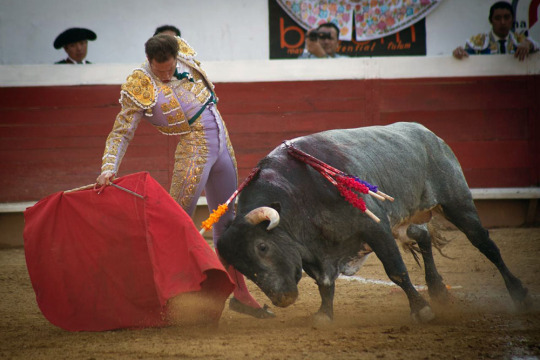
View On WordPress
0 notes
Text
Los “irregulares” de Texcoco
Por qué el Gobierno de Texcoco no cambia el uso de suelo de las colonias Víctor Puebla, Ampliación Víctor Puebla y Humberto Vidal Mendoza, ¿Por qué le cuesta tanto trabajo cambiar el uso de suelo de “agrícola” a “habitacional”? ¿Qué hace falta? ¿Qué dice
Por qué el Gobierno de Texcoco no cambia el uso de suelo de las colonias Víctor Puebla, Ampliación Víctor Puebla y Humberto Vidal Mendoza, ¿Por qué le cuesta tanto trabajo cambiar el uso de suelo de “agrícola” a “habitacional”? ¿Qué hace falta? ¿Qué dice la ley? ¿Qué dicen las autoridades? ¿Qué dicen los afectados? ¿Qué nos muestra la realidad? Trataré de responder de la manera más objetiva que…

View On WordPress
0 notes
Text
Las 80 impresionantes leyes de Nezahualcóyotl
youtube
#youtube#méxico#mexico#universos prehispánicos#universos prehispanicos#prehispanic universes#prehispanic#prehispánico#prehispanico#nezahualcóyotl#nezahualcoyotl#texcoco
0 notes
